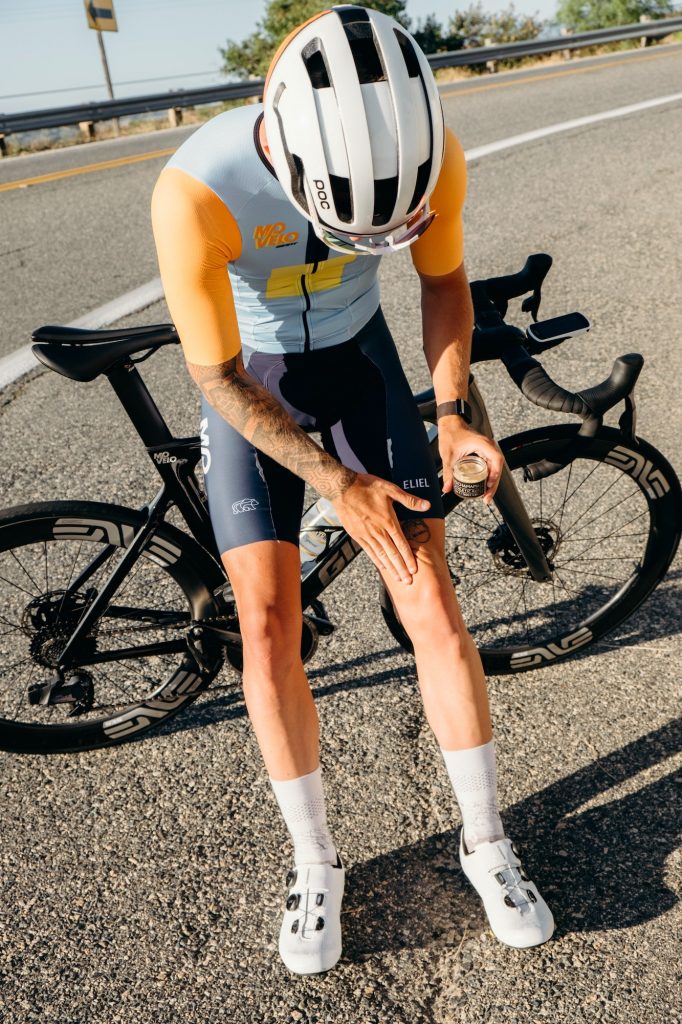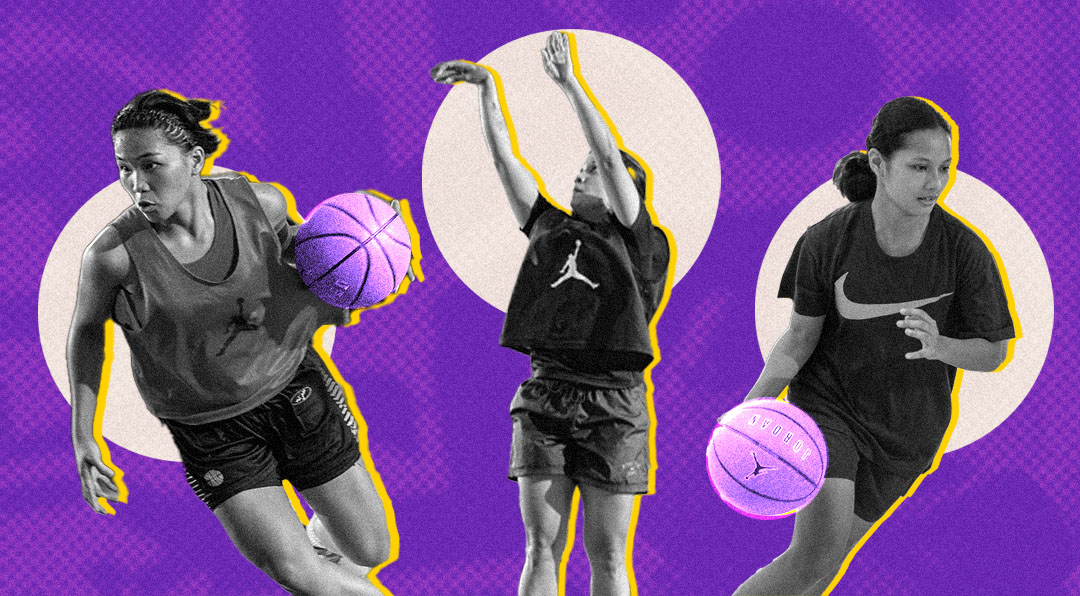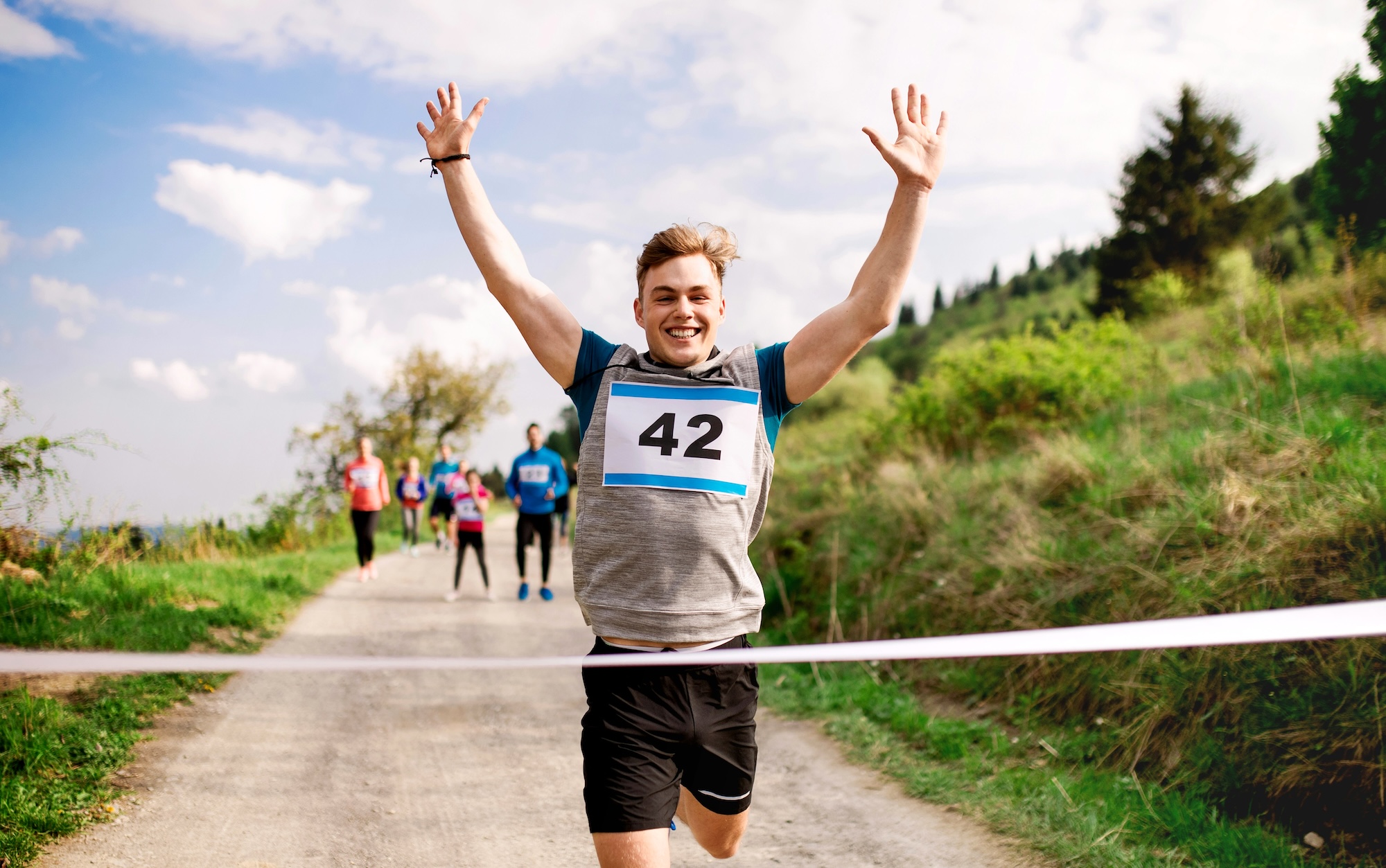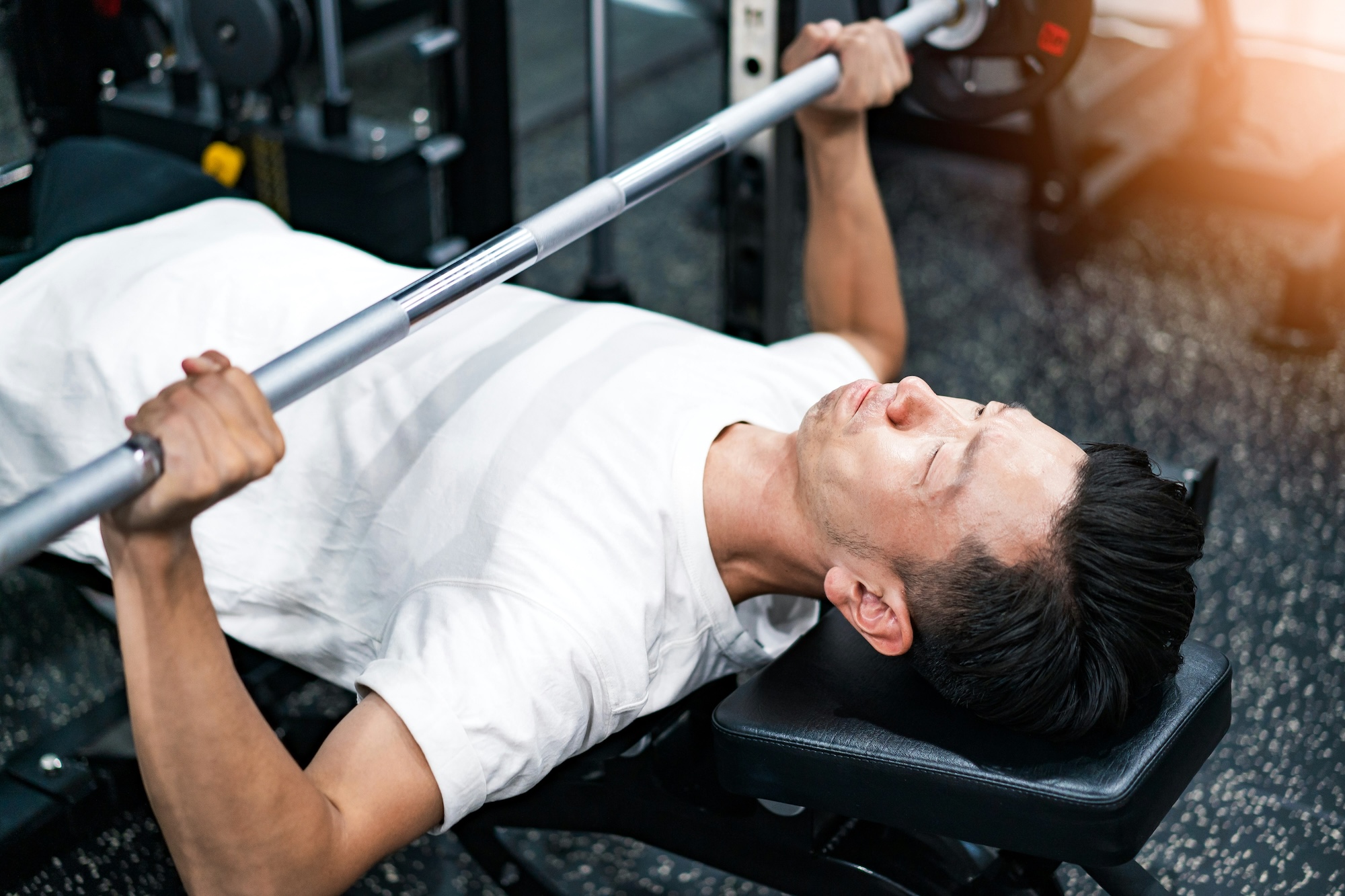These six steps will take you from rubber shoes to clipless pedals with ease
Photos by Judit Murcia and Pachamama CBD/Unsplash
I’ve worked a lot with beginner athletes and one of the most common struggles they face is mustering the courage to learn how to ride with clipless pedals. I’ve witnessed all the blood, sweat, and tears that have gone into the pursuit of mastering this skill.
Although it requires patience both from the athlete and coach, practice makes perfect. And there is a way to break down the learning process so that you are able to go through it one step at a time. Follow this step-by-step procedure and repeat as often as needed; before you know it, you’ll be riding with cleats confidently and reaping the benefits of a smoother pedal stroke in no time.
Step 1: Choose your shoes and pedals wisely
Save the fancy cycling gear as a reward for setting a new PR or when your bike handling skills have significantly improved. You may be tempted to buy top-of-the-line shoes and pedals, but keep in mind that falling off your bike is part of the learning process—and so is scratching your brand-new gear.
I usually recommend the Speedplay Ultra Light Action Pedal System to my beginner students. Its dual-sided entry makes it user-friendly for newbies. You can choose from the most affordable Chrome-moly version, the slightly lighter and most cost-effective Stainless version, or the most expensive Titanium version, which is one of the lightest pedals in the market.
You can also try Shimano’s SPD line of pedals and shoes. Aside from its similar dual-sided entry, Shimano shoes are comfortable and easy to walk in because they have rubber pads on the edges of the cleat, which helps since you’ll be clipping in and out of your pedals a lot and seeking traction when you must step out of them.
Step 2: Have a bike mechanic properly install your cleats on your shoes
Attaching cleats to your shoes isn’t as simple as you think. An experienced bike mechanic would know how to center the cleats using the grid marks under your shoes, and you can also ask to adjust the tension screw on the pedals to the easiest setting on your first few rides so you don’t have to worry about getting stuck when you have to stop.
You can tighten the screw and adjust the position of the cleats as you become more attuned to which setting and position are best for your pedaling style and biomechanics. But leave the installation to experts to ensure they are mounted properly without risk of coming off and causing unnecessary accidents.
Step 3: Find a safe practice spot
The best way to learn how to clip in and out of your pedals is by mounting your bike on a bike trainer. But if you don’t have one, the next best option is on a grassy area or a soft but rideable surface where you won’t hurt yourself in case you fall. Make sure there’s enough space and a clear path for you to bike back and forth without too many obstacles.
Step 4: Clip in, clip out, repeat
If you’ve been riding with platform pedals, the specific movements required when clipping in and out will seem foreign at first. Starting with one pedal at the 6 o’clock position, get used to the motion of locating and shooting each cleat into the cavity without looking.
Disengage from the pedal (also from the 6 o’clock position) using a twisting action (like when you crush a cockroach). Practice these movements one foot at a time. Do this over and over, preferably on a bike trainer or with a coach or friend holding your bike up and keeping you balanced until you’ve memorized this step, before attempting to balance on your own and add movement into the mix.
Step 5: Find your momentum before clipping in
Once you’re ready to apply what you’ve learned to a moving bike, keep in mind that it’s easier to find your balance when your bike is moving fast than when it’s going slow. Clip in the foot that you’re used to mounting when you were still using your rubber shoes. Set your foot at the 3 o’clock position then give yourself a big push so you have enough momentum to sit on the saddle and find your balance.
Once you’re ready to apply what you’ve learned to a moving bike, keep in mind that it’s easier to find your balance when your bike is moving fast than when it’s going slow
Once you’re seated, regain momentum first by pedaling with both legs (one foot clipped in, the other still unclipped) before you attempt to clip in the other foot. This will buy you some time to find your pedal and flip it to the right side up for those using a one-sided entry pedal system. If you have trouble shooting your cleat into the cavity and are unable to clip in, at least you still have one free foot to land on.
I suggest you perfect this part first without clipping in your other foot. This is also the part where it would come in handy to have a coach or friend on standby and ready to catch you if you fall. It might take you several tries before you get it right so just be patient with yourself.

Step 6: Unclip before you brake
After you’ve learned how to clip in while moving, the next challenge is unclipping on your preferred side and dismounting safely as your bike comes to a stop. In order to do this, you have to:
• Unclip your dismount foot first and keep that foot resting on top of the pedal while disengaged.
• Keep reminding yourself which side you want to dismount before you start squeezing the brakes.
• As you slow down to a complete stop, stand on the pedals from your seated position and rest the unclipped foot on the ground, landing with a wide stance to help you stay balanced as you straddle your bike. Keep the other foot clipped in so that it’s easier to get going again, unless you’re done riding or it’s safer for you to dismount completely and walk your bike to safety before getting back on your bike.
The entire process requires a lot of trial and error before your brain is able to catch up with the long list of steps you have to remember. In a way, it’s like learning how to ride a bike all over again. Some fast learners are able to master the skill by the end of one practice session while others take several rides, not to mention falls, before they are able to mount and dismount with confidence.
That said, I have yet to meet a person who has never fallen, not even once, while riding with cleats. Crashing comes with the territory for anyone riding on two wheels, whether you’re a cyclist, triathlete, or mountain biker—with or without cleats. The sooner you accept that, the sooner you’ll get over your fear of going clipless. Once you’re ready to learn, you’ll be opening yourself up to a whole new world of cycling and an even better riding experience.














































